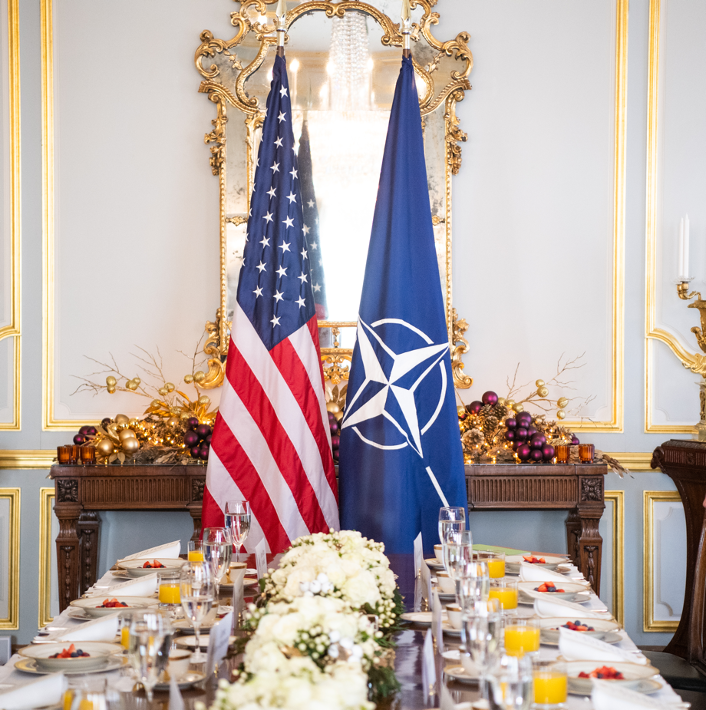
Donald Trump appears to be adamant that he holds the ability and power to end two of the conflicts gripping the world today: the Russo-Ukraine war and the Israel-Palestine conflict.
The issue here is not whether he is successful in ending the physical conflicts, but what the aftermaths would look like. It is hard to look beyond the chaos of the Taliban takeover of Afghanistan in 2021 considering the success of the withdrawal of US troops, which was decided upon during Trump’s negotiations with the Taliban.
Why will this be different?
Some have already begun the comparisons to the fateful withdrawal from Afghanistan, whilst others are wary of the way Ukraine and European nations are being excluded from the negotiations between Russia and the US held in Saudi Arabia this week. Jonathon Reynolds, the UK business secretary, has gone so far as to say that there would be no “durable peace” if Europe, and notably Ukraine, do not take part in peace negotiations.
The threat does not end here, with fears that Trump is prepared to end the war on terms suitable to Vladimir Putin. A speech given by US Defence secretary, Pete Hegseth, outlined the concessions Ukraine would likely need to make, asserting they would need to give up claims to any sovereign territory it has lost in the war to Russia and stop attempts to join NATO. He then stated that Europe, but not the US, would be required to supply troops to keep peace on the ground. It should be noted that some of these comments have since been rescinded, but the comments will have been heard in Moscow nonetheless. The consequences of an emboldened Russia would be felt throughout Europe; tensions would likely rise and the risk of further conflict would increase, especially in the likes of the Baltic States. These fears are compounded by the realisation that the US wants little to do with Europe and significantly its defence, in comparison to the extant security provisions which have been in place post-World War II.
Tensions have already begun to rise across Europe. Leaders are scrambling to Paris for an emergency meeting which aims to cement their position in the peace talks – and all of this is before the situation in the Middle East is even considered.
The other main focus in the foreign policy agenda of Trump’s administration has been the permanent end to the Israel-Palestine conflict. The most recent suggestion, aired in an interview with Fox News, has been that the US will “buy” Gaza, with the Palestinians living there forced to re-settle in neighbouring countries. Forced relocation is against international law. Furthermore, the Palestinians would be stripped of their internationally recognised right to return, which is central to their struggle and identity.
This idea has faced widespread condemnation from the global community, Hamas, and the Palestinian Authority. Jordan and Egypt, who would be expected to take in the majority of the 2.2 million refugees, have also expressed outrage. Unsurprisingly, one of the few to accept this outlandish idea was Israel’s Prime Minister, Benjamin Netanyahu, who sees it as a way of resolving the problem of Gaza once and for all. The Arab world seems to be coming together out of fear and mutual support for Palestinians: the Saudis have been seen to be trying to lead a workable solution to the conflict, including a 2-state solution. It is possible that the threat of Trump’s policies will actually lead to some sort of regional unity.
Nonetheless, the Middle East, along with the rest of the world, seems to be on a knife’s edge about the Gaza situation, specifically the implications it has for both the wider ceasefire and long-term solution to the Israel-Palestinian conflict.
Whilst Trump might be at the centre of the moves to “end” these wars, it is likely there will be widespread international repercussions from the two peace processes for the foreseeable future. Even if short-term regional ceasefires are achieved in Ukraine and Palestine/Israel, global tensions are likely to also increase and persist past the end of Trump’s term. And, frighteningly, all of this is before we have even considered what Trump might do on other security and foreign policy issues, such as Iran’s nuclear ambitions, North Korea, his territorial claim on Greenland, and the operation of the Panama Canal.
Edited by Connie Newstead
Image: Breakfast at Winfield House London, Brandy Nicole Mejia, 2019// CC BY 2.0



Average Rating